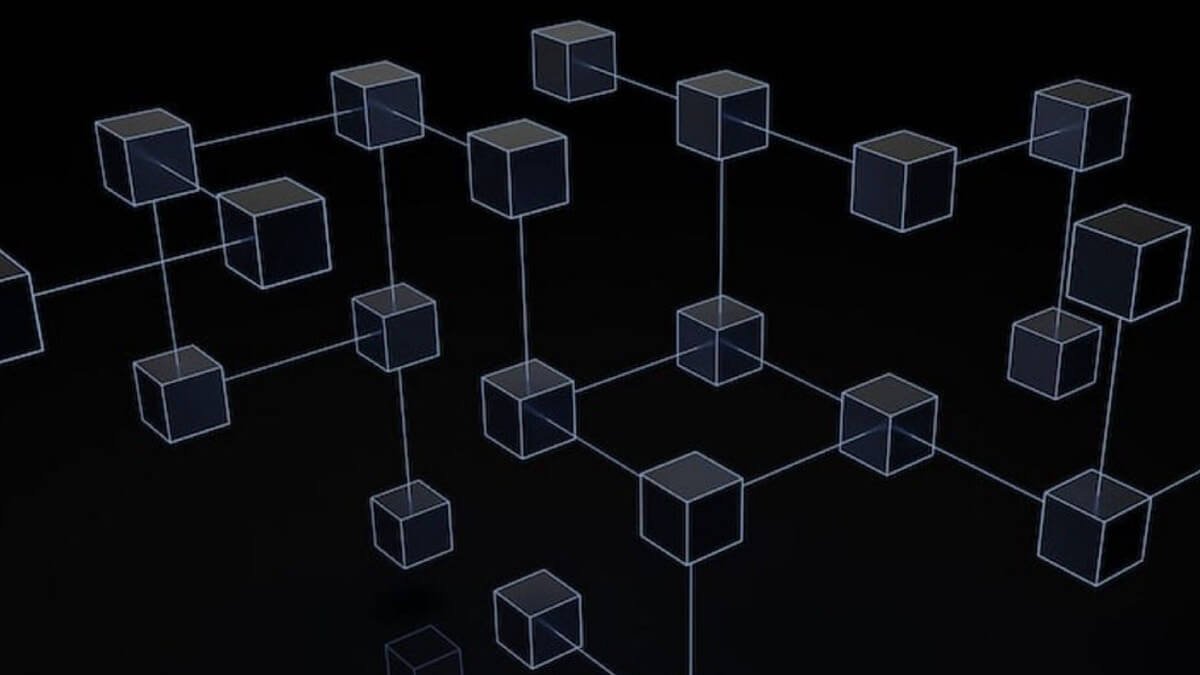How do layer 2 solutions overcome blockchain scalability limitations?

Although blockchain technology offers uncompromising advantages, it still has limitations, and in this article I would like to look at one of them: scalability. Additionally, we will also cover layer 2 solutions as a way to overcome this challenge.
Blockchain differs from traditional digital databases in several key ways. First, it acts as a distributed database, distributing data across numerous servers located in various physical locations. This decentralization improves reliability, performance, and transparency compared to centralized databases.
Additionally, blockchains use open source software to allow the entire network community to collaboratively inspect the underlying code. This transparency improves detection and resolution of bugs, defects, or vulnerabilities.
Another important advantage of this technology is that once verified, new information remains immutable on the blockchain. It cannot be changed. Security and trust are maintained through multiple agreements among network participants rather than relying on a single central entity, promoting a shared responsibility model. The problem arises when transaction volume increases.
Scalability issues
Blockchain scalability represents the challenge of accommodating increased transaction volumes without sacrificing speed or security. The two main factors that affect scalability are block time and transactions per second.
Block time refers to the average period of time to add a new block to the blockchain. A shorter time frame potentially allows for faster transactions, but also increases the risk of forks and may compromise security.
TPS refers to the number of transactions a blockchain can process per second, and traditional systems like Visa can handle thousands of transactions, while many blockchain networks that prioritize decentralization and security can have lower TPS rates.
Bitcoin, the leading blockchain, faces scalability issues due to its small block size of 1MB, which limits transactions and increases fees. Proposed solutions such as Segregated Witness (SegWit) aim to solve this problem, and Ethereum uses a block time of 15 seconds, despite its constraints on transactions per block.
Simply put, to improve the performance and usability of blockchains, scalability issues must be addressed.
Layer 1 solution
At the basic level of the architecture, there are solutions to overcome scaling failures. Layer 1 blockchain scaling solutions include the following methods:
- Increase block size
Some cryptocurrencies, such as Bitcoin Cash, have increased network capacity by tightening block sizes to accommodate more transactions per block. - Updated consensus mechanism
Blockchains such as Ethereum have transitioned from Proof of Work (PoW) to Proof of Stake (PoS). Here, validators are selected to process transactions based on their staked cryptocurrency holdings rather than their computational power. - Sharding
Similar to database partitioning, sharding divides a blockchain database into smaller segments to enable concurrent transaction processing and improve the overall capacity of the network.
Layer 2 solution
Layer 1 refers to the main blockchain network where transactions are directly processed and recorded, while Layer 2 features off-chain solutions that process transactions outside of the main chain before final settlement, increasing scalability and efficiency.
As with Layer 1, there are several types of Layer 2 blockchain scaling options:
- roll up
Transactions are bundled together, processed off-chain, and then delivered to the main chain as a single transaction, increasing processing efficiency. - side chain
An independent blockchain network with validators allows for parallel transaction processing. This improves transaction throughput, but requires trust in both the sidechain and the bridge network. - state channel
Transactions are recorded in bulk off-chain, and once completed, the channel state is established and recorded on the underlying blockchain network, as seen in Bitcoin’s Lightning Network setup.
Layer 2 solutions for Ethereum
As an example of a layer 2 solution, let’s look at how Ethereum solves the scaling problem. Layer 2 solutions have a variety of ways to alleviate transaction burden on Ethereum, with sidechains and blockchain rollups being the most common.
Sidechains operate as independent blockchains connected to Ethereum via a two-way bridge, facilitating the movement of assets without direct transfers. Through a two-way peg mechanism, assets are locked in Ethereum, mirrored on a sidechain, used in transactions, and then returned to Ethereum upon completion.
In contrast, blockchain rollups bundle multiple transactions into a single data package that is submitted to Ethereum for processing and confirmation. Optimistic rollups assume validity unless proven otherwise, while zk-rollups provide cryptographic proof of transaction validity.
Using the analogy of a boss and assistant, a sidechain uses a copy of Ethereum’s workload to complete the work before returning the original asset. Meanwhile, rollups compress multiple transactions into a single file, reducing processing load on Ethereum and ultimately lowering gas fees for users.
Several Ethereum Layer 2 solutions have emerged in recent years, and I would say they have successfully addressed the scalability issues of the platform. One of them is Polygon, an independent sidechain that offers faster and cheaper transactions, processing up to 1,000 transactions per second (TPS) with an average gas fee of $0.01.
Another is Arbitrum, an optimistic rollup that bundles off-chain transactions to increase transaction speeds and lower costs, achieving 40,000 TPS with an average transaction cost of 2 cents.
Incubated by Coinbase, Base aims to exceed $300 million in total value locked (TVL) by interconnecting blockchains developed in OP Stack to create a ‘superchain’. ImmutableX specializes in zk-rollup scaling for NFTs and Web3 games, provides software tools for developers, and boasts gasless and carbon-neutral NFT mining and speeds of up to 9,000TPS.
We cannot fail to mention Ronin, a sidechain of Sky Mavis that guarantees almost instantaneous transactions at a cost of less than 0.5 cents, especially tailored for the gaming industry.
Layer 2 Advantages
- high throughput
Layer 2 solutions significantly improve network throughput by efficiently processing and bundling multiple transactions, providing a smoother and more efficient blockchain experience. - Reduce waiting time
By aggregating transactions in batches, transactions are confirmed and processed faster, reducing user latency.
finish
Layer 2 blockchain solutions can certainly improve transaction speeds and reduce costs. However, certain limitations also occur. These include the risk of validator fraud, compromising decentralization to improve efficiency, and slow withdrawal processes with potential additional costs (e.g. Plasma Chain).
Moreover, implementing Layer 2 solutions requires significant computing resources, making some options less viable in low-activity scenarios. Nonetheless, the continued development of layer 2 solutions is essential to address blockchain scalability issues and foster future growth of the blockchain ecosystem.
Also read: How does the Cosmos SDK overcome scalability challenges while maintaining sovereignty?



